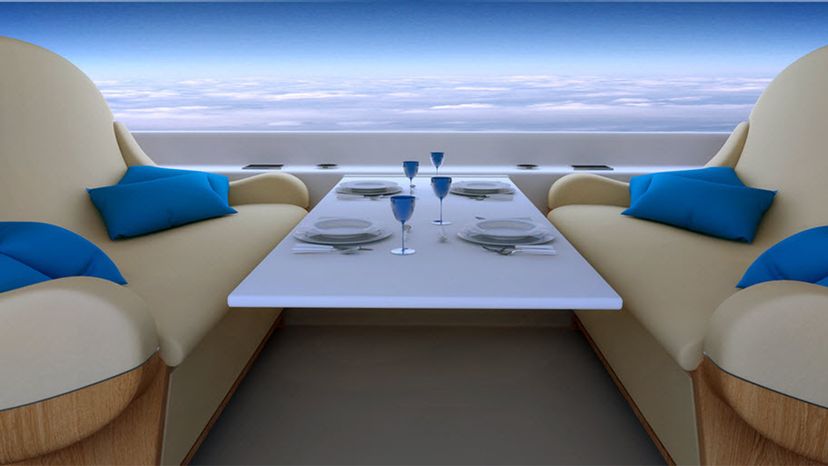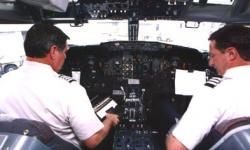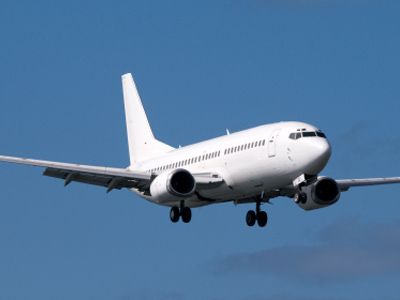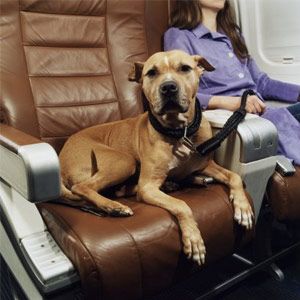Last April, Dubai-based airline Emirates debuted Boeing 777s with enclosed private suites equipped with "virtual windows" to provide a view of the outside from the middle of the plane.
"The virtual windows were installed for First Class suites located in the middle aisle as they are fully enclosed suites with floor-to-ceiling doors and passengers would not be able to view the windows on the side of the aircraft," an Emirates public relations official, Jerome Demare, explains via email. "These virtual windows project the view from outside the aircraft using real time camera technology. The cameras are placed in strategic locations to offer passengers a real-time view outside the aircraft. The actual view is determined by which side of the aircraft the entrance to the suite is; right or left, that is the view that will appear in the center suites. The cameras are high resolution devices which offer a very clear, wide view of the outside. The virtual window provides a sharp, clear, realistic view of what's outside – anecdotally, passengers have told us they prefer the view to that of 'real' windows."
Emirates' virtual windows got a rave review from travel website The Points Guy.
In a BBC News article, Emirates president Sir Tim Clark was quoted about the future possibility of planes without windows, but Demare said that "there are no current plans for a windowless airliner."
But an aircraft manufacturer does aim to go windowless, on a smaller scale. For the past several years, a privately owned Boston-based company, Spike Aerospace, has been working to develop the Spike S-512, an 18-passenger supersonic business jet filled with cutting-edge technology that will enable it to cut travel times significantly, without excessive fuel consumption and loud sonic booms. And it will do all that without passenger windows.
The aircraft's design will include a "multiplex digital cabin," Spike Aerospace president and chief executive officer Vik Kachoria said in a phone interview. Instead of gazing through the usual small portal windows, passengers will be able to watch a pair of 20-foot-long (6.096-meter) digital video screens that will stretch the length of the cabin on either side of the aircraft. Multiple ultra-high definition cameras mounted on the exterior of the plane will provide 4K video, which the aircraft will stitch together, using special software developed by Spike Aerospace.
Kachoria says the system will provide "beautiful, full-length camera feeds from various angles. Whatever image you want to see can be displayed. You can see left or right, in front of the plane or behind it, looking down or up into the sky. It's more of a panoramic view than the very limited view that you see out of a porthole window."



